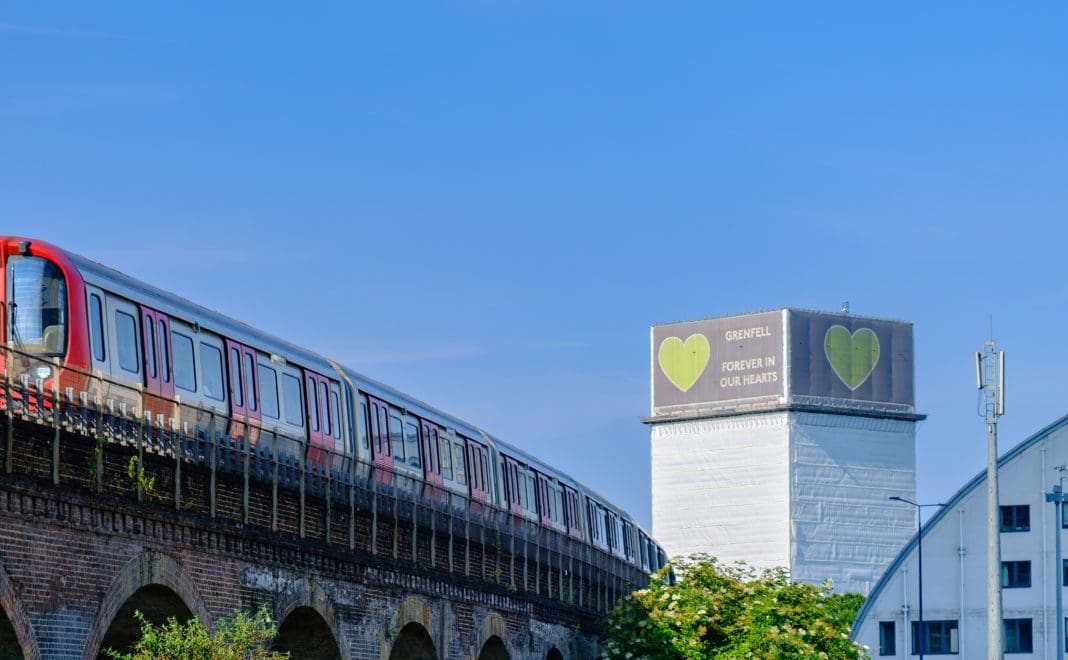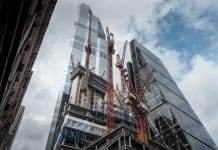Following the hard-hitting findings of Sir Martin Moore-Bick’s Grenfell Tower Inquiry, Gill Hancock, head of technical content at the Association for Project Management, says that cultural change will be just as, if not more, important than new regulations
The Grenfell Tower tragedy exposed profound flaws in building safety, construction practices and regulatory oversight.
This was made painfully clear in the recent Grenfell Tower Inquiry: Phase 2 Report published in September. It confirmed the incident in June 2017 that claimed 72 lives was entirely preventable.
The findings of Sir Martin Moore-Bick’s comprehensive report were deeply emotional, hard-hitting and revealed a perfect storm of systemic failure. Ultimately, it called for urgent reform to prevent future disasters from ever happening again.
New legislation has already been introduced, most notably the Building Safety Act (BSA) 2022, which requires everyone working on buildings to demonstrate competence.
To support this, I chaired one of the working groups set up as part of the post-Grenfell Competence Steering Group that reviewed competence frameworks for project managers working across the built environment. I am also currently vice-chair of the Industry Competence Steering Group.
These have been necessary steps in the right direction, but legislation alone is not enough. There is something else far deeper that must change.
At its core, this is about changing the culture of an entire industry. However, this will be the most difficult and slowest part of the transformation.
The need for culture change
Despite the potentially significant upcoming updates to key sections of the BSA in line with the report’s recommendations, such as the definition of high-rise buildings and building control scope, post-Grenfell legislation and regulation will provide the backbone of accountability: setting clear standards and consequences for neglecting safety responsibilities.
However, true transformation cannot happen solely through the law. Culture drives how we design, build, maintain and safeguard the structures in which we live and work. For long-term safety improvements, every individual and organisation must embrace their role in creating a safer built environment.
This cultural shift is critical but also challenging. While rules can be written and enforced, altering the beliefs, attitudes and practices of people and organisations takes time, dedication and conviction.
To create meaningful culture change, everyone must prioritise safety – from construction firms and architects to local authorities and building managers. This means moving beyond compliance to build an inherent respect for safety. We can achieve this by:
1. Educating clients on specific requirements
The process starts with educating clients.
Knowledgeable clients who understand their obligations and demand competent professionals set a tone that reverberates throughout the project lifecycle. When clients value safety and competence, it cascades down through contractors, suppliers and on-site workers.
But many building owners or developers may not be fully aware of the intricacies of fire safety requirements and best practices, for example. A major part of cultural change involves making sure that clients understand not only the legal requirements but also the reasons behind them.
When clients are properly informed, they can set the right expectations and tones for prioritising safety throughout their projects.
2. Enforcement through external assessments
Education alone, however, is not enough. There needs to be strong enforcement to ensure compliance. This is where external assessments come into play.
By requiring independent, unbiased evaluations, we can create a system of accountability that ensures no shortcuts are taken and that all regulations are followed in practice, not just on paper.
3. Demonstrating vision and maintaining motivation
The Grenfell tragedy serves as a powerful reminder of the human cost of failure. Therefore, motivation for change should not be a struggle.
But for people to buy in to cultural change, they need to be able to see where they are headed. This requires a clear, well-communicated vision that lays out both the big picture and the specific steps needed to get there.
Realistic timescales are also essential, so that everyone involved has a sense of direction and purpose without becoming overwhelmed by unrealistic expectations.
However, as time passes, there is always a risk that urgency or motivation will fade. This is why we cannot afford to waste our current impetus. We need an abundance of keen early adopters to encourage the majority and convince the reluctant minority.
A collective responsibility for safety
The Grenfell tragedy revealed the pressing need for both legislative changes and a fundamental cultural shift across the built environment.
Legislative and regulatory measures are the starting point and provide the foundation, but the end goal is a shift in mindset – one where safety is at the core of everything we do.
The path to true culture change will be long and challenging. That’s why we must work together across all levels – clients, developers, contractors, regulators and project managers – to create a culture that refuses to compromise on safety.
The industry must educate, enforce and inspire. Stakeholders must hold themselves accountable and collaborate to create an environment where safety is valued above all else.
By doing so, we can ensure that safety becomes an intrinsic part of our culture, rather than an afterthought or a checkbox to tick.














